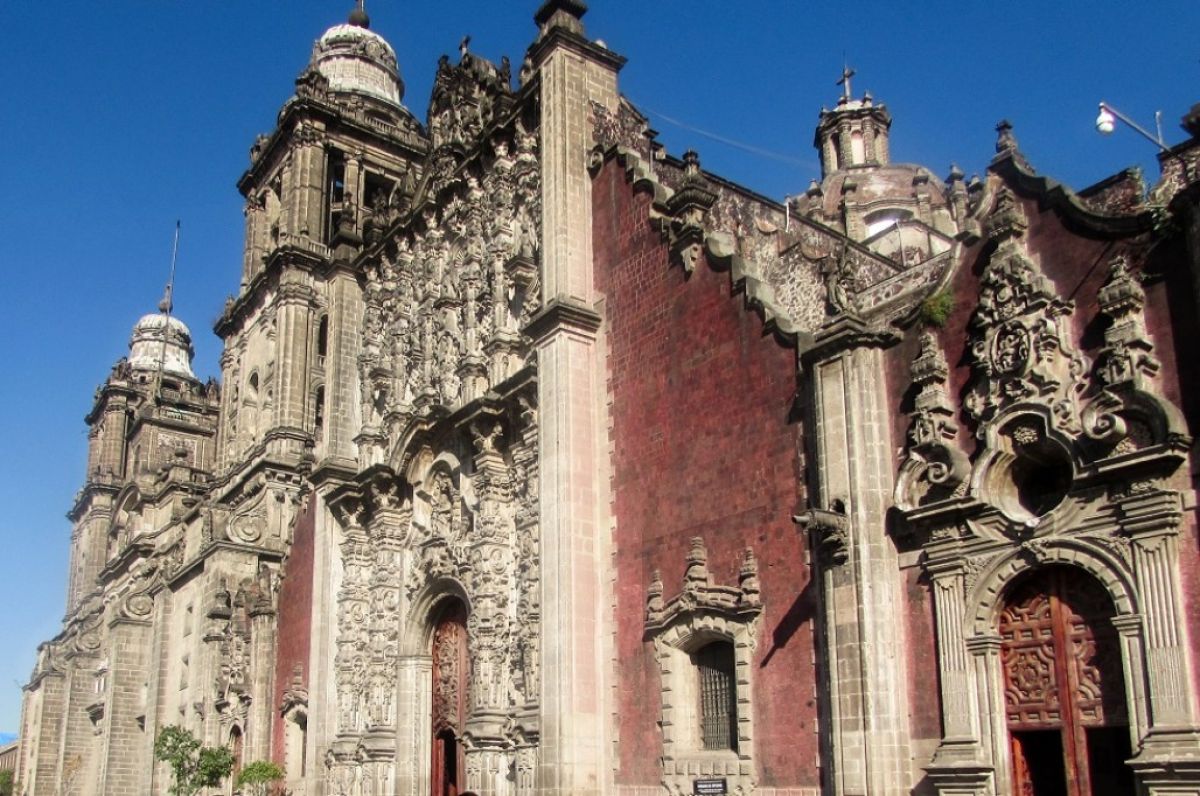Welcome to Harmonia Uncut, the podcast that brings you early music from back in the days of live concerts. I’m Wendy Gillespie inviting you to join me as we set the time machine for November 2019 in Austin, Texas, where we’ll join the Austin Baroque Orchestra as they present a program entitled “Hecho’en México,” “made in Mexico.”
Austin Baroque Orchestra was in 2011 the first-established of the new wave of HIP groups in TX. While they play the standard repertory that any baroque orchestra would, they specialize in Latin American colonial music – one full subscription concert a year and at least one additional performance graces conferences or museums. 2018 culminated with their concert "España Antigua, Nueva España" which, in addition to celebrating San Antonio's 300th birthday, was a featured performance at the joint American Musicological Society/Society of Music Theory meeting held in San Antonio. What a wonderful confluence of choirs to whom the orchestra could preach, as it were!
Let’s visit the “Made in Mexico” concert from last November presented by the Austin Baroque Orchestra and Chorus. As early as 1530 an Aztec choir trained by Pedro de Gante (that would be Peter from Ghent) sang every Sunday and feast day at Mexico City Cathedral, which had just been founded in 1528. The music in Mexico rivalled that in Spain by the end of the century, and it continued to flourish throughout the C16 and C17 with both European and native musicians. In the late C17, the Mexican composer Antonio de Salazar collaborated with his student and successor as maestro de capilla at Mexico City Cathedral, Manuel de Sumaya on Egregie Doctor Paule. Salazar composed the prima part, and Zumaya the seconda part of this motet.
MUSIC:
A motet written for the Feast of the Conversion of St. Paul, the prima part by Antonio de Salazar and the second part by Manuel de Sumaya. Zumaya, by the way, also composed the music for the first North American opera, La Partenope, which was performed on 1 May 1711.
In the New World, just as in Europe, it was the churches that depended on music, trained musicians, and preserved their repertory, so it is not surprising that most of what is preserved is sacred. The cathedral in Mexico City has 800 sacred works in MS, over a third of them by 18th-century composers active in Mexico City. Austin Baroque Orchestra and Chorus offer us the extraordinary opportunity to hear the first known performance of some of these pieces since the C18.
Matheo Tollis de la Rocca is a slightly mysterious composer who was probably born in Italy and moved to Mexico City in 1756, becoming interim maestro di capilla at the cathedral in 1770. (I think they were trying to get a more famous European for the gig, so he remained interim maestro for the rest of his career). Sancta et immaculata virginitas, at 12 ½ minutes a rather epic motet to the Blessed Virgin, dates from 1758, and the newly-arrived Matheo was praised for composing commissions quickly.
MUSIC
Matheo Tollis de la Roca’s Sancta et immaculata virginitas was performed in November of 2019 by the Austin Baroque Orchestra and Chorus. Billy Traylor is the orchestra’s Founder and Artistic Director, Stephanie Raby the concertmaster, and Hannah McGinty, the chorusmaster. Many thanks to Billy Traylor for sharing this fascinating repertory with us.
Austin BO’s last concerts were in February. This is the beginning of their tenth season, and it is indeed special, albeit in a way nobody anticipated. They are gearing up to record a concert for video release online, and they are working on “storytelling” projects including a look at Louisiana through the eyes of a young nun in the C18. Rest assured, there will be lots more from this vibrant young orchestra in their second decade!
We’d be interested to hear your thoughts about this podcast. You can find Harmonia on Facebook, or leave a comment or question any time by visiting harmonia early music dot org. This has been Harmonia Uncut, and I’m WG, thanks for joining me.










